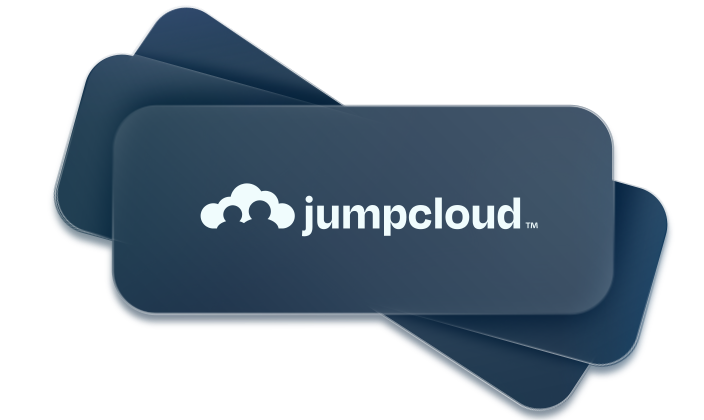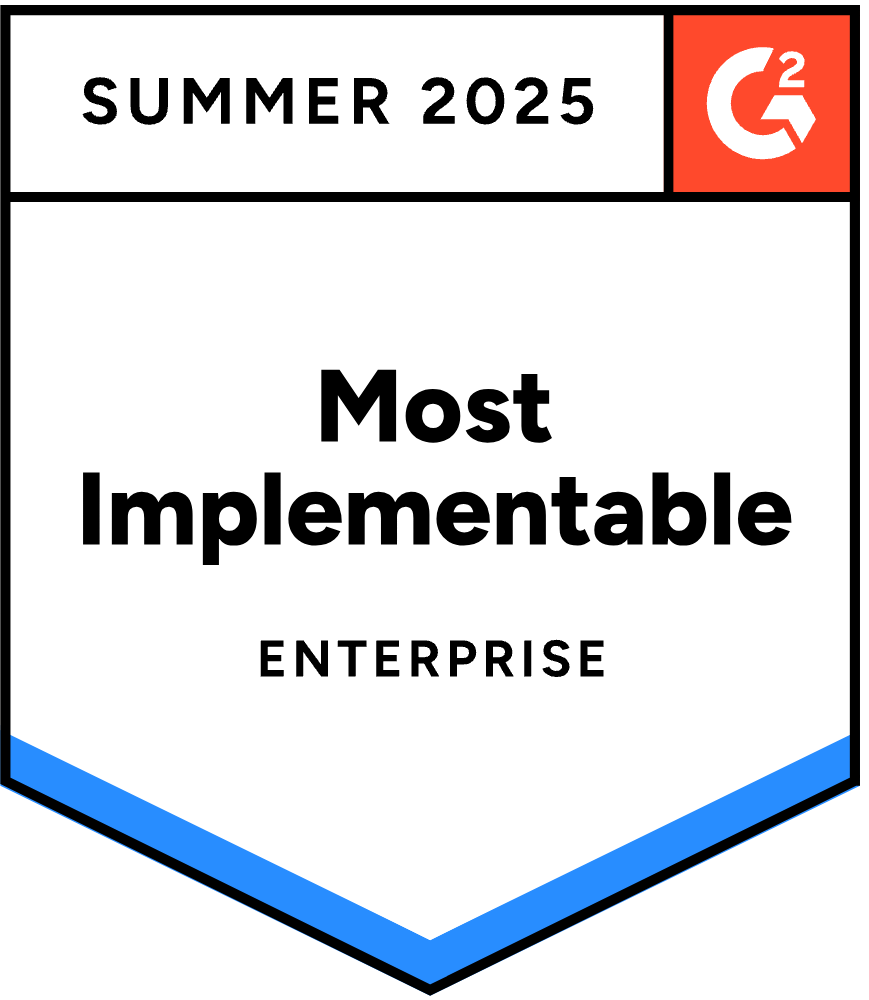JumpCloud vs Addigy
There’s managing Macs, then there’s managing IT. See why JumpCloud’s unified identity, access, and device management platform outpaces Addigy.

JumpCloud vs. Addigy: How to Choose
The difference is clear. Addigy is Apple-first; JumpCloud is IT-first. If cross-platform support, security, and future-proof architecture matter to your organization, JumpCloud is the platform to trust. Here’s why 250,000+ organizations rely on JumpCloud to simplify and secure their IT operations:
1. All-in-one stack, without stacking tools.
Addigy covers Apple MDM, but stops there. For identity, access, MFA, and beyond, it requires integration with multiple third-party tools just to meet basic IT requirements. JumpCloud delivers a fully integrated platform with native identity, access, and device management, designed to reduce complexity, not multiply it.
2. One platform for every OS, without exceptions.
Modern fleets aren’t homogeneous. Mac-only management doesn’t cut it in modern IT environments. JumpCloud lets you manage macOS, Windows, Linux, iOS, and Android devices from a single pane of glass–corporate-owned or BYOD (Bring Your Own Device). Apply policies, patches, and enforce security across your entire fleet with zero exceptions, zero blindspots.
3. Security built on identity, not just endpoints.
Addigy secures Apple devices, but true security starts with identity and access. JumpCloud offers unified SSO, MFA, and identity-driven access control for every user, every resource, across every device and any location. With JumpCloud, security isn’t an afterthought, it’s foundational.
JumpCloud
Addigy
Unified Endpoint Management




Basic and Advanced

JumpCloud MFA and JumpCloud Protect™, Biometrics, 3rd party MFA
Requires 3rd Party










macOS only




Identity & Access Management

Requires 3rd Party

900+ Pre-Built Applications
Requires 3rd Party

JumpCloud Protect App, Biometrics, 3rd party MFA
Requires 3rd Party







Supports Apple’s Supervision mode but lacks true conditional access or cross-platform trust enforcement







SaaS Management



Customers Recognize The Value of JumpCloud
Don’t take our word for it.
Frequently Asked Questions
Addigy is an Apple MDM (mobile device management) platform designed to manage Apple-only environments. It requires third-party tools to provide identity management, SSO, and MFA. In contrast, JumpCloud is a cloud-native unified IT platform that combines cross-platform device management, directory services, SSO, MFA, and conditional access policies in one solution. If you are looking for a comprehensive IT management tool for mixed environments (macOS, Windows, Linux), JumpCloud offers greater flexibility and functionality out of the box.
Yes, JumpCloud offers full Apple Mobile Device Management (MDM) capabilities, including support for Apple Business Manager, zero-touch enrollment, macOS device policies, remote lock and wipe, and automated provisioning. In addition, unlike Addigy, which only supports Apple devices, JumpCloud brings Apple MDM into a broader cross-platform context, allowing IT admins to manage every device in their fleet–Apple or not.
Only JumpCloud supports integrated user identity and device management. Addigy focuses only on macOS and iOS devices and lacks a native identity platform; meaning you’ll need to use external tools like Microsoft Entra ID, Okta, or others for identity provisioning and SSO. JumpCloud offers a built-in cloud directory with user lifecycle management, SCIM provisioning, group-based access control, and federated identity, so you can manage users, devices, and access all in one place. You also have the option to connect JumpCloud with your existing directory service if you want to keep using it.
JumpCloud excels over Addigy in security, compliance, and Zero Trust. JumpCloud includes native Zero Trust features like conditional access, MFA, passwordless authentication, and device trust policies, avoiding the need for third-party tools. Addigy lacks these out-of-the-box and needs integration with external identity providers or IAM solutions. For compliance-focused IT teams or those building a Zero Trust framework, JumpCloud is a more comprehensive solution.




